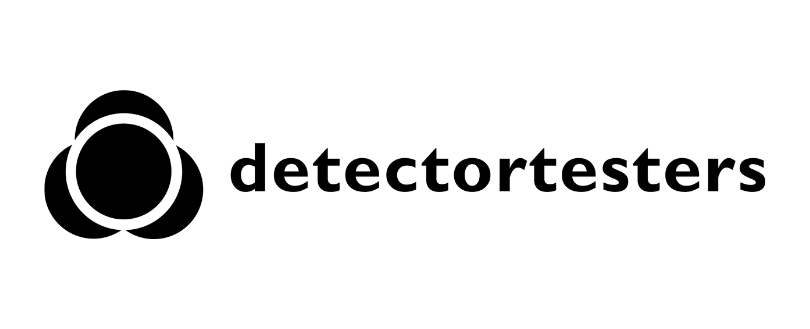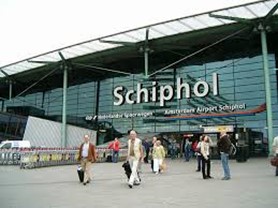- Homepage
- Case Studies
- Member Case Studies
- Schiphol Airport - Netherlands

Schiphol Airport - Netherlands
Like it? Share it!
03 September 2024

Amsterdam Schiphol is one of the world's major hub airports. In 2013, some 52 million people and 1.5 million tonnes of cargo passed through it and paramount in all this is the safety of passengers and public as well as the protection of property and assets.
Keeping the site running whilst protecting it fully is no easy task and Schiphol works to minimise any risks as much as possible, with one key area of focus being protection against fire. It is essential when protecting such buildings that suitable systems are in place to monitor for fire and provide early warning for evacuation, whilst balancing this with the need to keep the airport running and the importance of avoiding false and unwanted alarms.
It is crucial that functional detection system testing is carried out on a regular basis in such a way that it is controlled, quick, and cost effective and without any disruption or risk to people and the continuity of business. Schiphol's technical department for fire identified ways in which maintenance, technically and practically, could evolve to keep pace with the advanced sensing technology being deployed across the airport site.
Schiphol's technical department for fire identified that the latest innovation in test technology, Scorpion, would be an ideal, professional test system to test and maintain their intelligent detection systems [Point and ASD]. They identified that for many detectors which are installed in locations where access is restricted either physically or for security reasons, Scorpion could be installed at a one-time cost. Periodic testing thereafter consists of a single person performing a push button test at an easily accessible control unit and Scorpion's installation can reduce the need for access machinery, disruption, unnecessary health & safety risk and the related costs.
Scorpion has been initially installed successfully in a server room where a technical test of the ASD system can be carried out. Such a test ensures smoke can be drawn into a sampling hole at the end of the pipe, that smoke can then travel the length of the pipe and be detected by the sensor. With an in-built transportation timer and the repeatable nature of the testing, monitoring of the system's performance [and any fluctuations] can be done through the time measurements taken at each periodic maintenance visit. A complete system check can ensure the integrity of the pipe network and the function of the detector, crucial elements in providing early warning.
